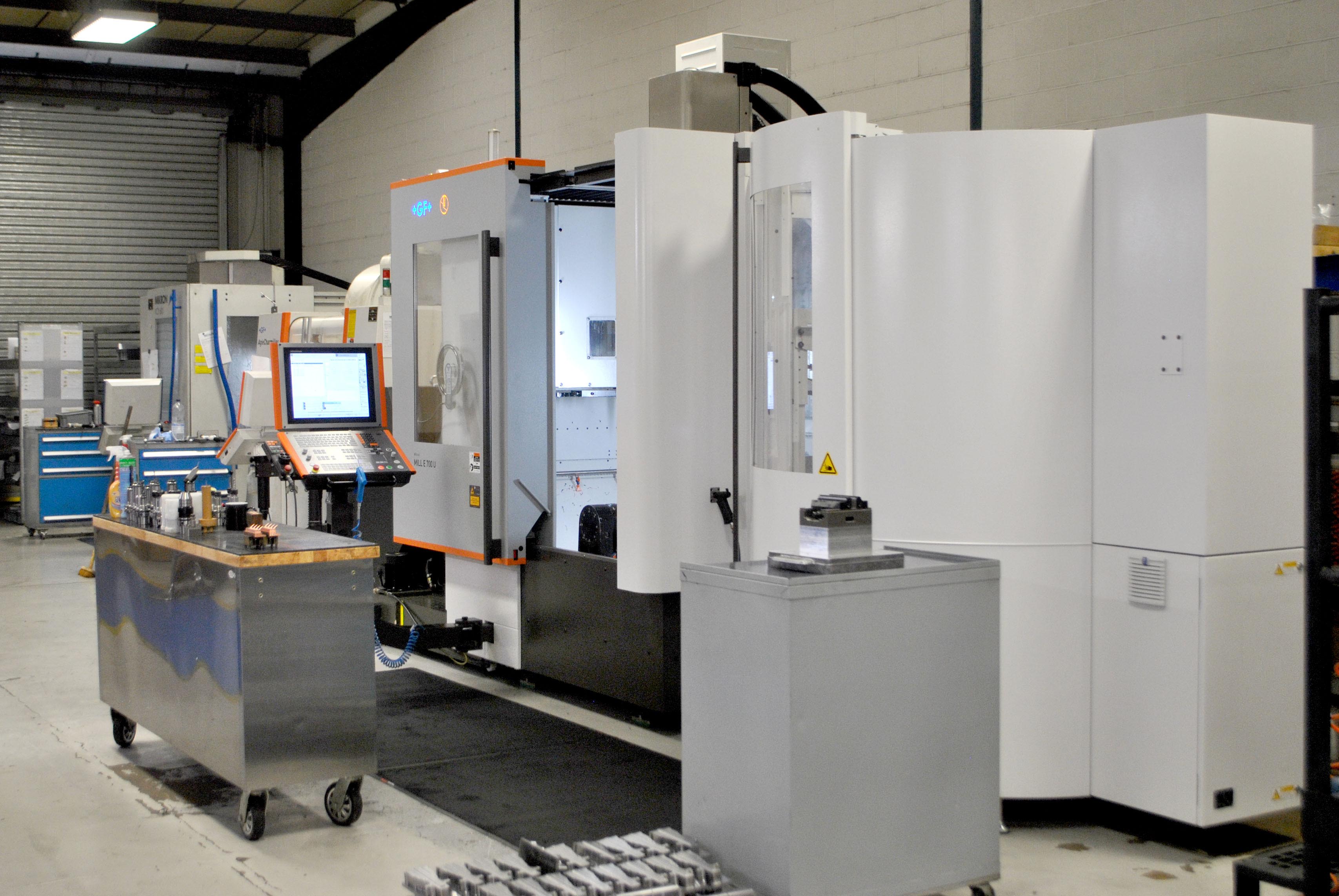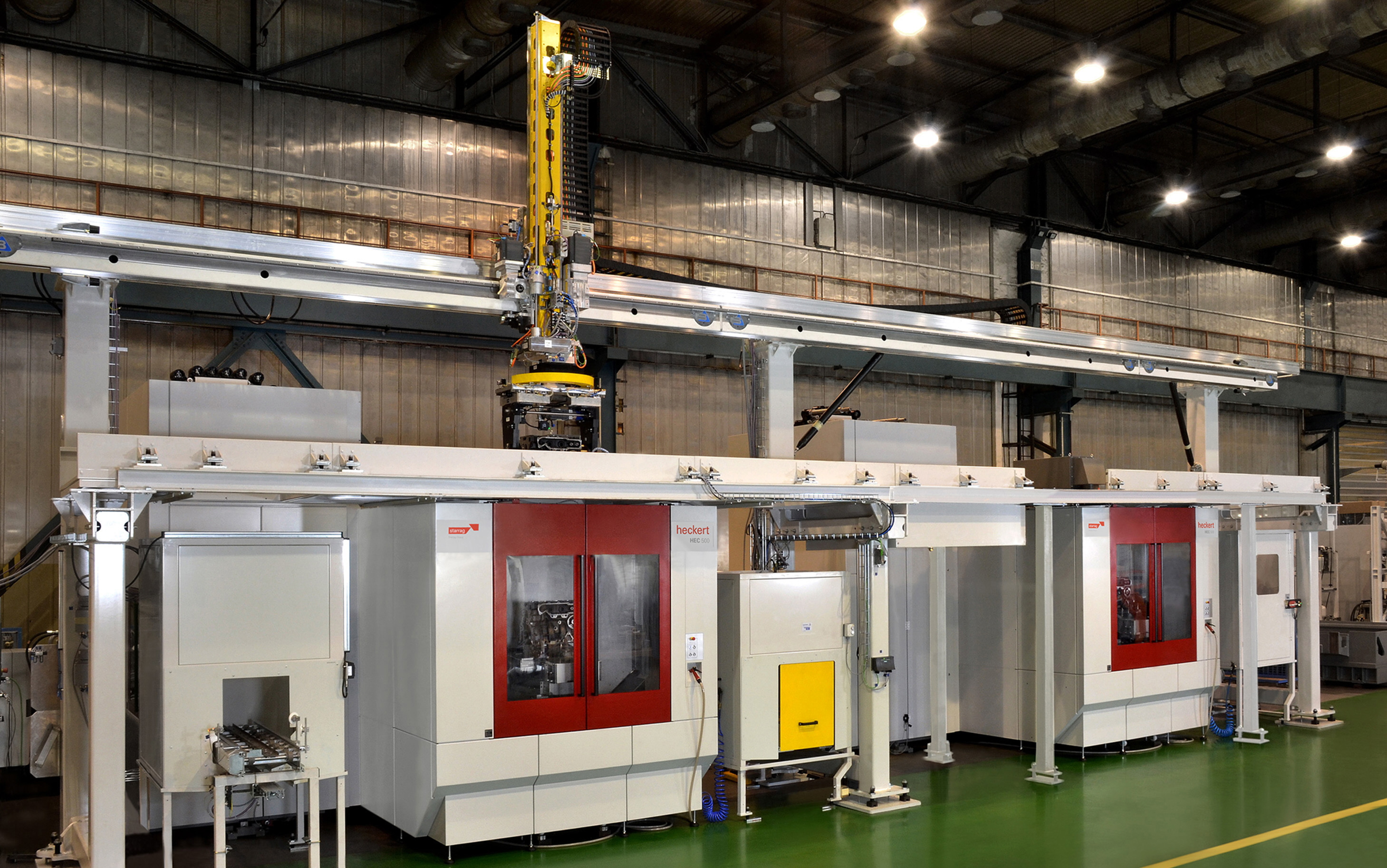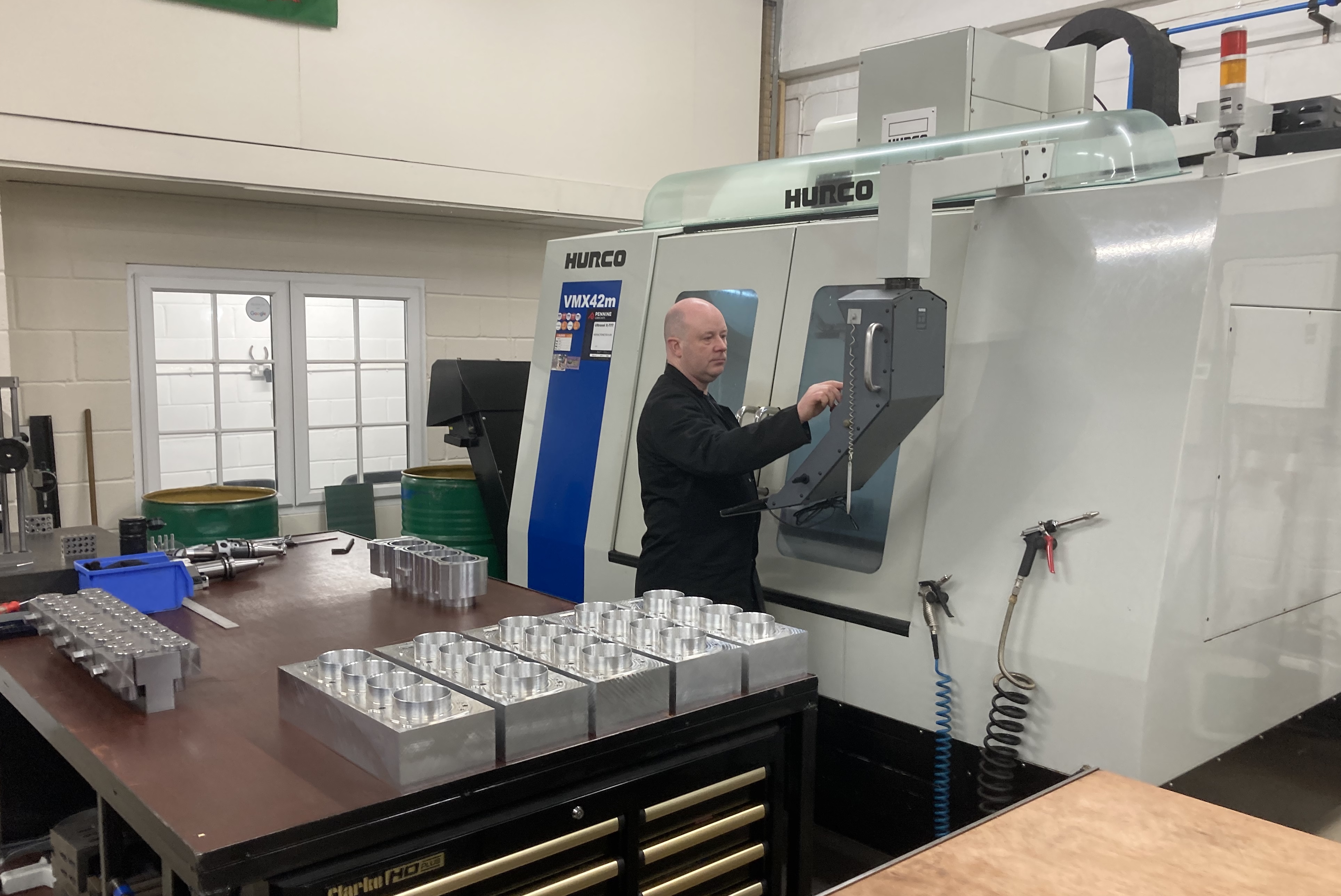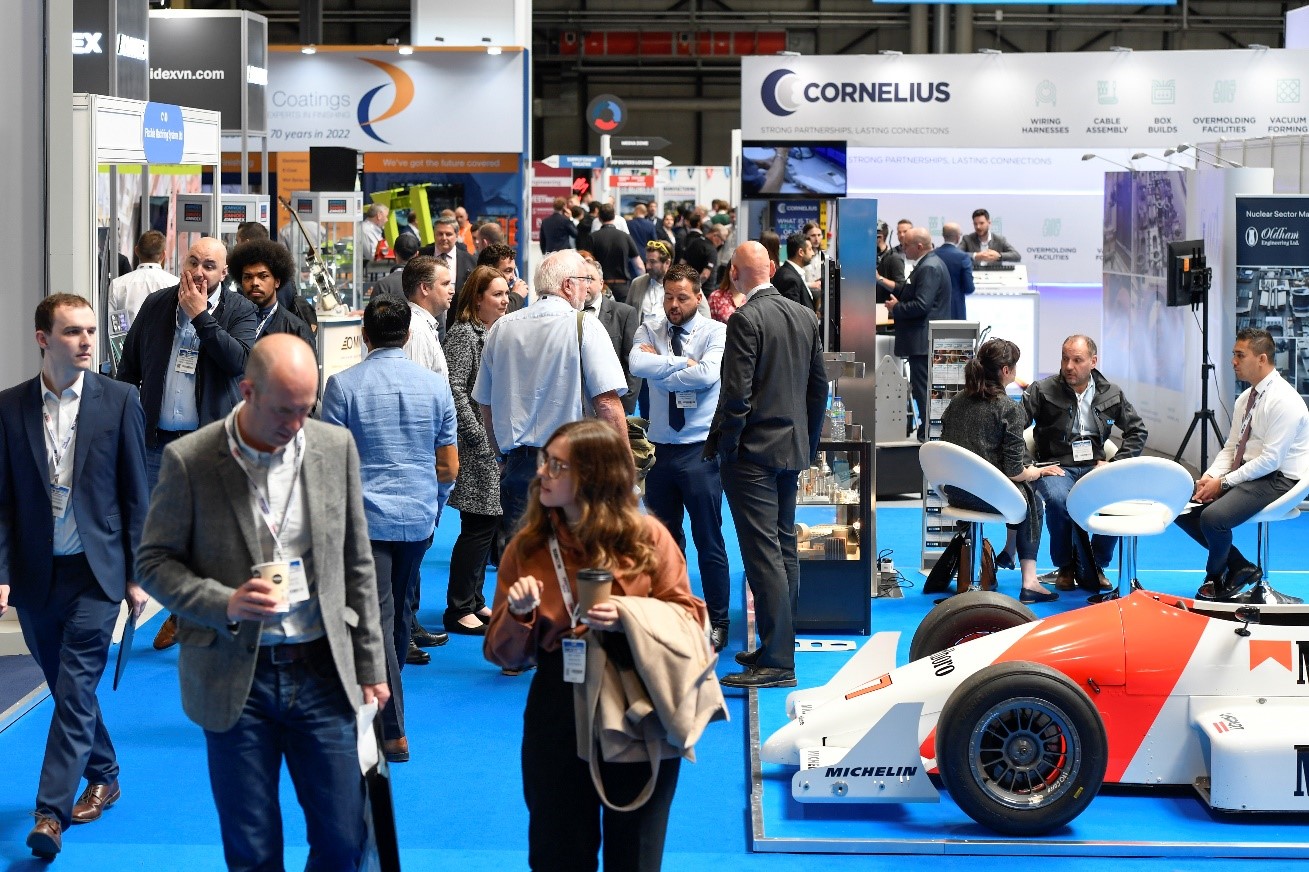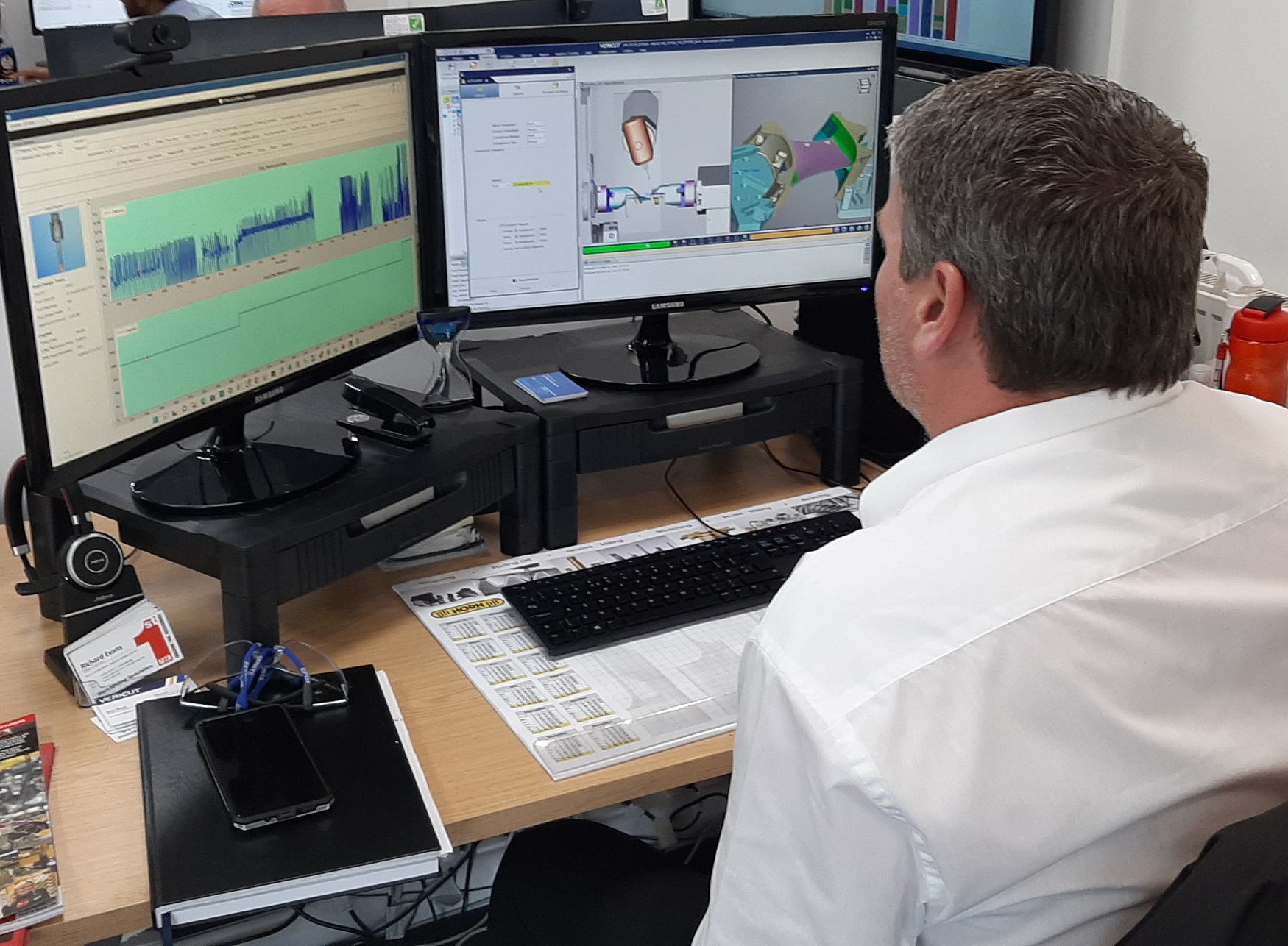After a decade of using VERICUT machining simulation, verification and optimisation software, Advanced Manufacturing (Sheffield) Ltd (AML) is extolling the virtues of providing industry-leading protection for its high-value capital assets and expensive parts. VERICUT from CGTech is a key component of business success at this rapidly expanding precision machining company, which serves a plethora of customers in sectors such as aerospace, energy and defence. More recently, AML has embraced the efficiency and productivity gains offered by VERICUT’s Force module, which is driving tool life gains and cycle time reductions in the order of 30-40%.
Originally a spin-out from the award-winning Advanced Manufacturing Research Centre (AMRC) at the University of Sheffield, AML is today a leader in delivering flexible manufacturing capability at the cutting edge of machining technologies and efficiencies. The company is AS9100-certified and carries a Rolls-Royce Certificate of Approval. In addition, AML is part of the SC21 framework for ’21st Century supply chains’ to accelerate the competitiveness of aerospace and defence companies.
To manufacture the market’s highest quality precision parts, the company utilises the very latest technologies, including VERICUT simulation, verification and optimisation software from CGTech.
“We’ve had VERICUT from day one of manufacturing at AML, which dates back around a decade,” explains engineering manager Jason Mills. “VERICUT is our safety net; it looks after our complex components, some of which are machined from expensive forgings that cost in excess of £50,000 before we’ve even drilled a hole. There is no margin for error. We use all of the features in VERICUT, including gouge detection, collision detection and, more recently, the Force module. The software also looks after our machine tools through virtual simulations, which are critical because a replacement spindle could cost around £40,000 for the hardware alone.”
From receipt or generation of customer CAD, forging and stage models, AML engineers start building up what it calls the ‘Tech Pack’ from its Siemens NX CAM system, including documentation and any relevant paperwork. The company will then start importing the component, fixture and tool models into VERICUT. Here, AML can take advantage of its VERICUT NX Interface, a function that provides an easy and convenient way to verify, optimise and analyse individual NC programs, a series of selected tool paths or a complete sequence of operations, directly from within Siemens NX.
“We then start simulating the tool paths, checking for everything that could possibly go wrong, from collisions and near misses, to spindles running in the wrong direction,” explains Mills.
AML has seven seats of VERICUT base and essential modules that include Verification (detects program mistakes and verifies part accuracy), CNC Machine Simulation (detects collisions and near misses between all components in the machining zone) and Multi-Axis (simulates multi-axis milling, turning and mill-turn operations).
The latter is vital as AML has 15 DMG Mori CNC machine tools on site, almost all of which are high-specification, multi-axis NT series mill-turn models. These include a large NT6600 with 6 m bed and the latest arrival, an NT4250 DCG, which is capable of simultaneous five-axis mill-turn operations with a direct-drive motor installed in the B axis.
“Business is extremely busy, so we also have a DMG Mori DMU 125 FD five-axis machining centre on order, and are looking at two more assets in the near future,” says Mills. “We are not shy of investment if it makes sound business sense.”
The company also takes advantage of several further VERICUT modules, including AUTO-DIFF™, which compares a CAD design model with a VERICUT simulation to automatically detect differences, weaknesses or mistakes in the design.
“We use AUTO-DIFF on every component as part of our standard operating procedure [SOP],” states Mills. “With AUTO-DIFF, anyone involved in the manufacturing process can identify an incorrectly processed job. We find that it often flags up errors, especially as we have numerous mill-turn machines. The tools on mill-turn machines can be flipped round either way, so if they are not set-up correctly, VERICUT will capture it.”
Additional VERICUT modules on site include CNC Machine Probing, which checks for probe collisions (all of the CNC machine tools at AML feature Renishaw probes), and TDM Systems, which provides a live, on-the-fly connection to TDM. The company is now building tools in TDM for direct import into VERICUT.
Most recently, AML has added Force – Milling to its list of modules. VERICUT Force makes optimising an NC program fast and easy by calculating the contact between the tool and material, cut-by-cut. Force also takes the cutting-tool edge and material into account, adjusting the feed rates accordingly so they are optimal and constant.
“We’ve seen up to 40% more tool life and 30-40% savings in machining cycle time when using VERICUT Force,” says Mills. “The module is invaluable for our production work as it provides us with a competitive edge. It’s quite easy to use and understand. We simply pick the material from the database and input the cutter geometry, which we get from the tooling manufacturer. Force then does its calculations in the background.”
AML has come a long way since spinning out of the AMRC (the company remains a tier-two AMRC member to this day).
“We have 30,000 ft2 here now, which is a tenfold increase in 10 years,” explains operations director Mark Hands. “We’ve gone from 8 staff to 66; from two CNC machines to 15, and imminently about to sanction another two.”
It is all about continuous improvement at AML, a strategy that is spurring ambitious goals for the years ahead.
“For the 2021-2024 period we set targets to grow turnover from £4.9 million to £12 million; headcount from 55 to 110; and assets [CNC machine tools] from 10 to 22,” says Hands.
AML is also working with a team of consultants from Sharing in Growth, business experts in the world of advanced manufacturing. The dedicated three-year transformation improvement programme is witnessing the entire AML team commit to an intense and comprehensive scheme of training, mentoring, coaching and development.
“We are big believers in reinvesting in our future, as well as our people,” says Hands, who joined as a project engineer in 2011 and is now a company director and major shareholder. Similarly, engineering manager Jason Mills began his career at AML as a CNC machinist, while the company’s quality manager was originally a press brake operator.
The coming years are clearly bright for this progressive manufacturing business, where production follows a simple mantra: apply the best manufacturing technology available to provide low-cost parts to customers. This is more than just a tagline; AML was born out of advanced research activities and the company still believes that technology is a key differentiator in providing value for customers. AML aims to apply the best knowledge in tooling, CAM strategies, dynamic analysis and CNC machine platforms to deliver precision quality at high production rates. Key to this goal is VERICUT.
“VERICUT brings security to our business,” says Hands. “Not just because our parts are expensive, but because some are 1-offs with no margin for error. We also rely on VERICUT to protect our CNC machines; large, expensive assets that are costly to repair. If we’re not protecting our machines or our parts, then we’re not protecting the customer programme, nor the relationship we have with them. Right first time within the business is a must and VERICUT is a vital part of that.”
Mills concludes: “I can’t ever see us changing from VERICUT. We’re comfortable and happy with the software, as well as the level of support we receive from CGTech. Today we apply VERICUT to all of our parts. No matter what we change in NX, even if we just add a command to turn on the coolant, it goes through VERICUT as it provides confidence for everyone in the business, from directors to machine operators. You can’t put a value on that.”
For further information www.cgtech.co.uk






